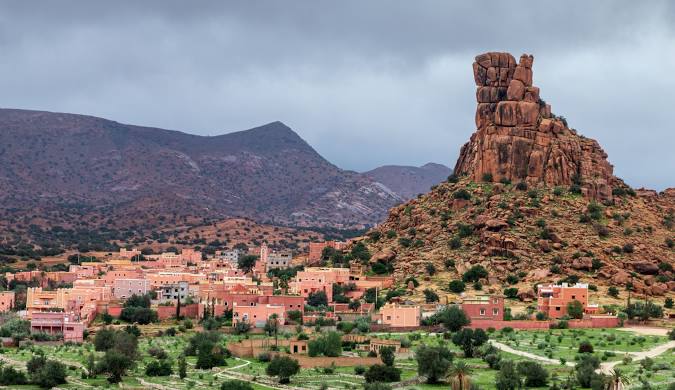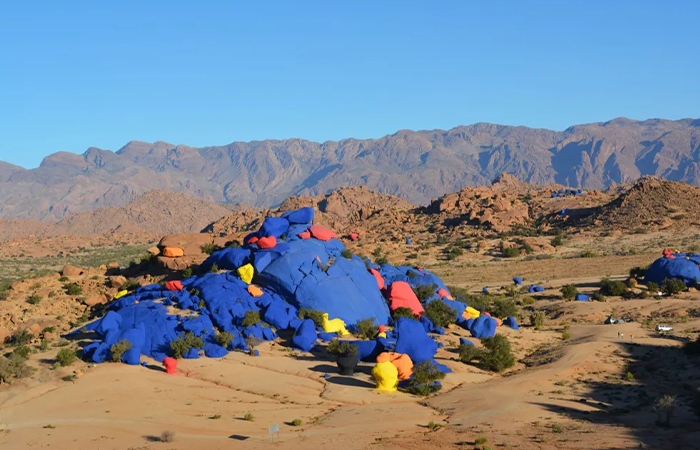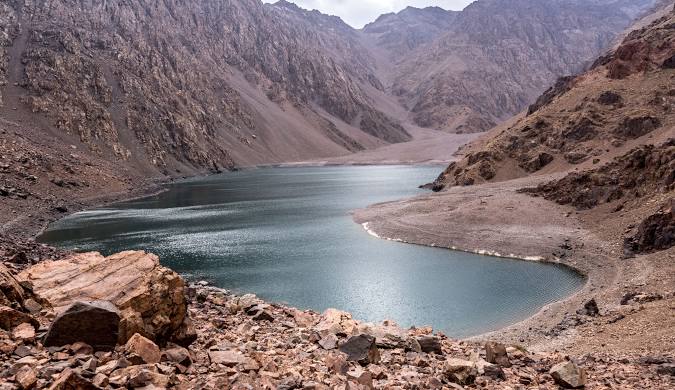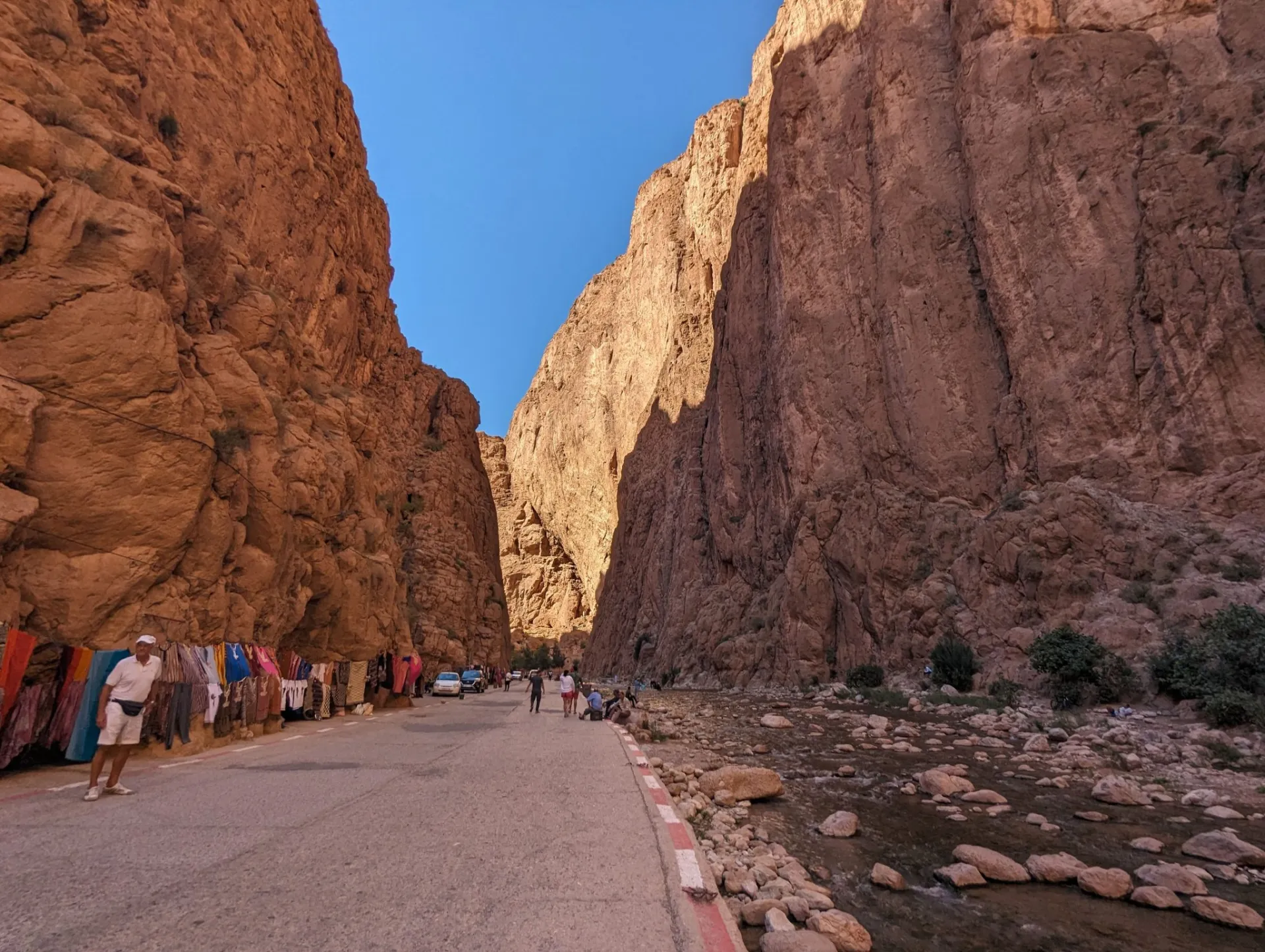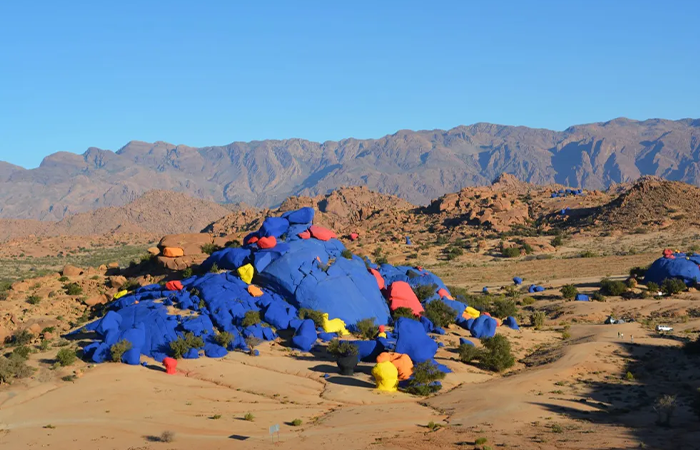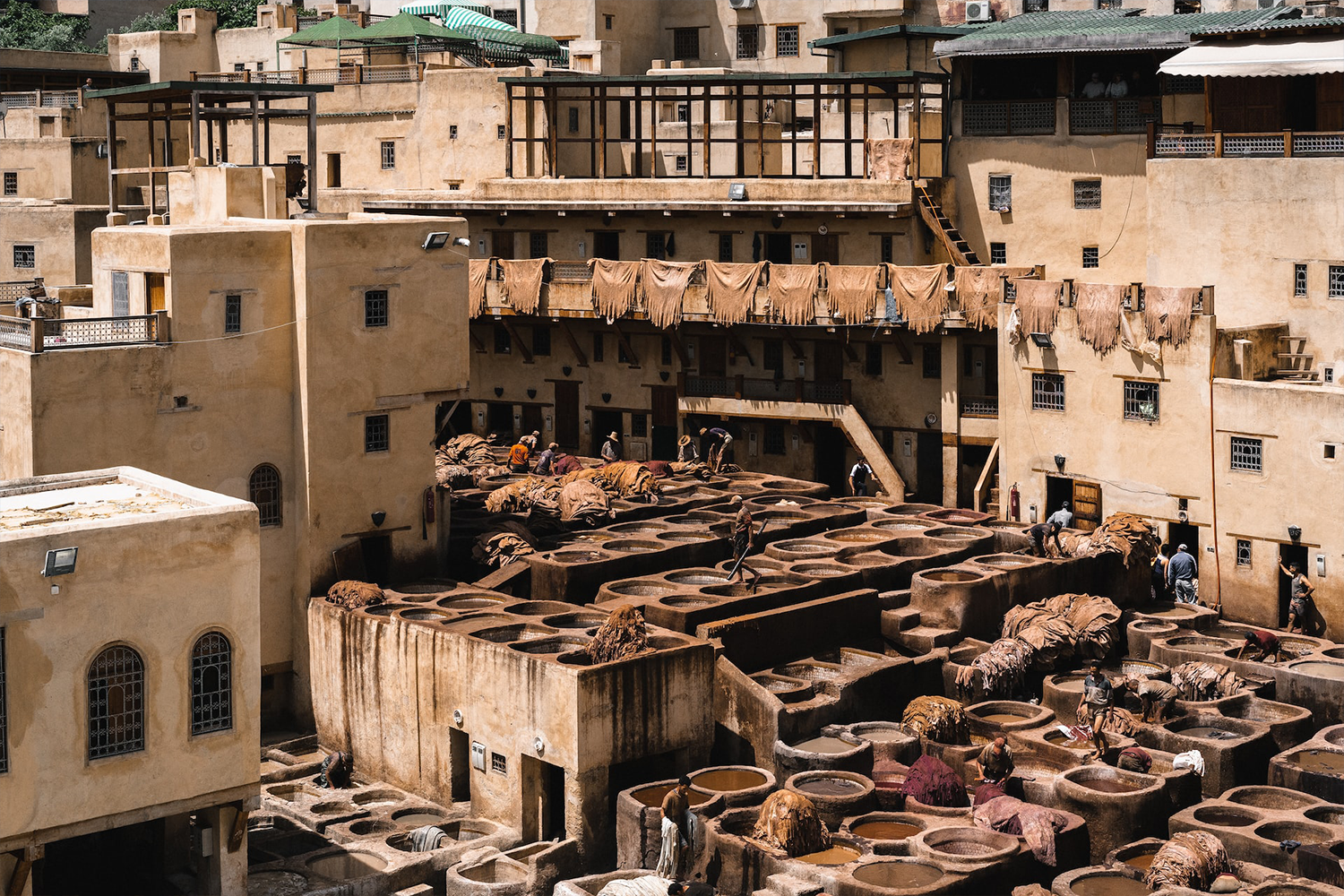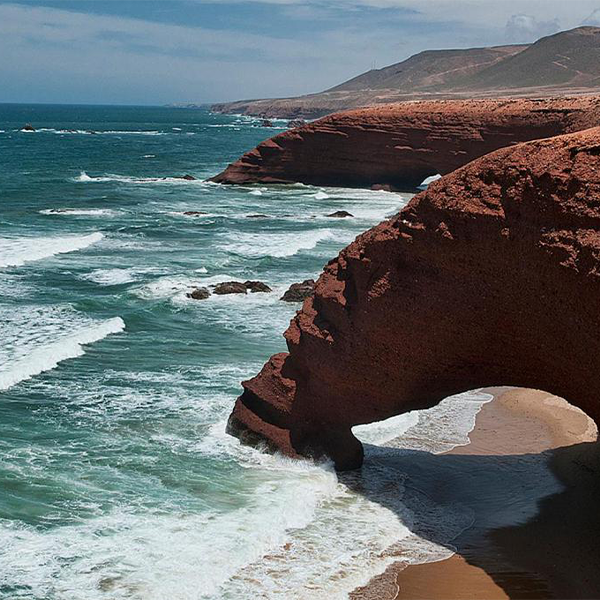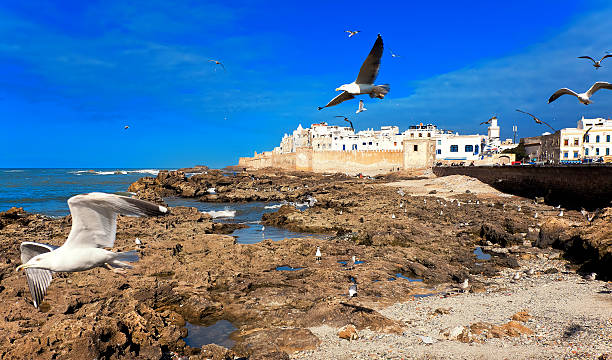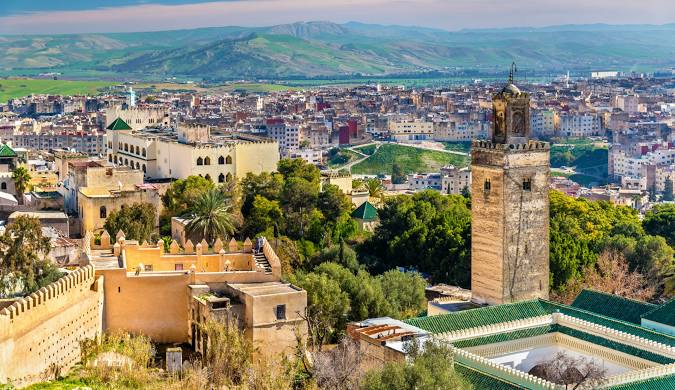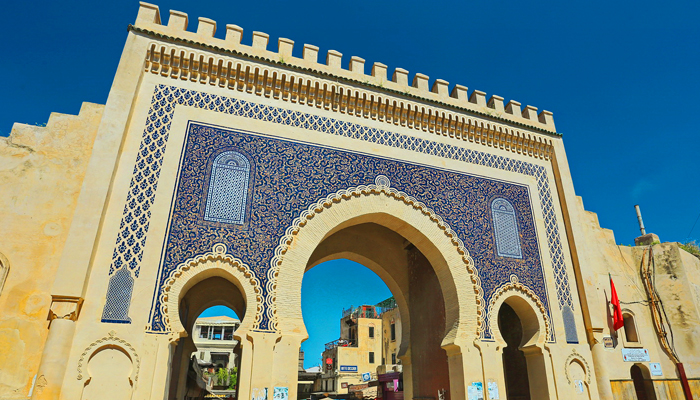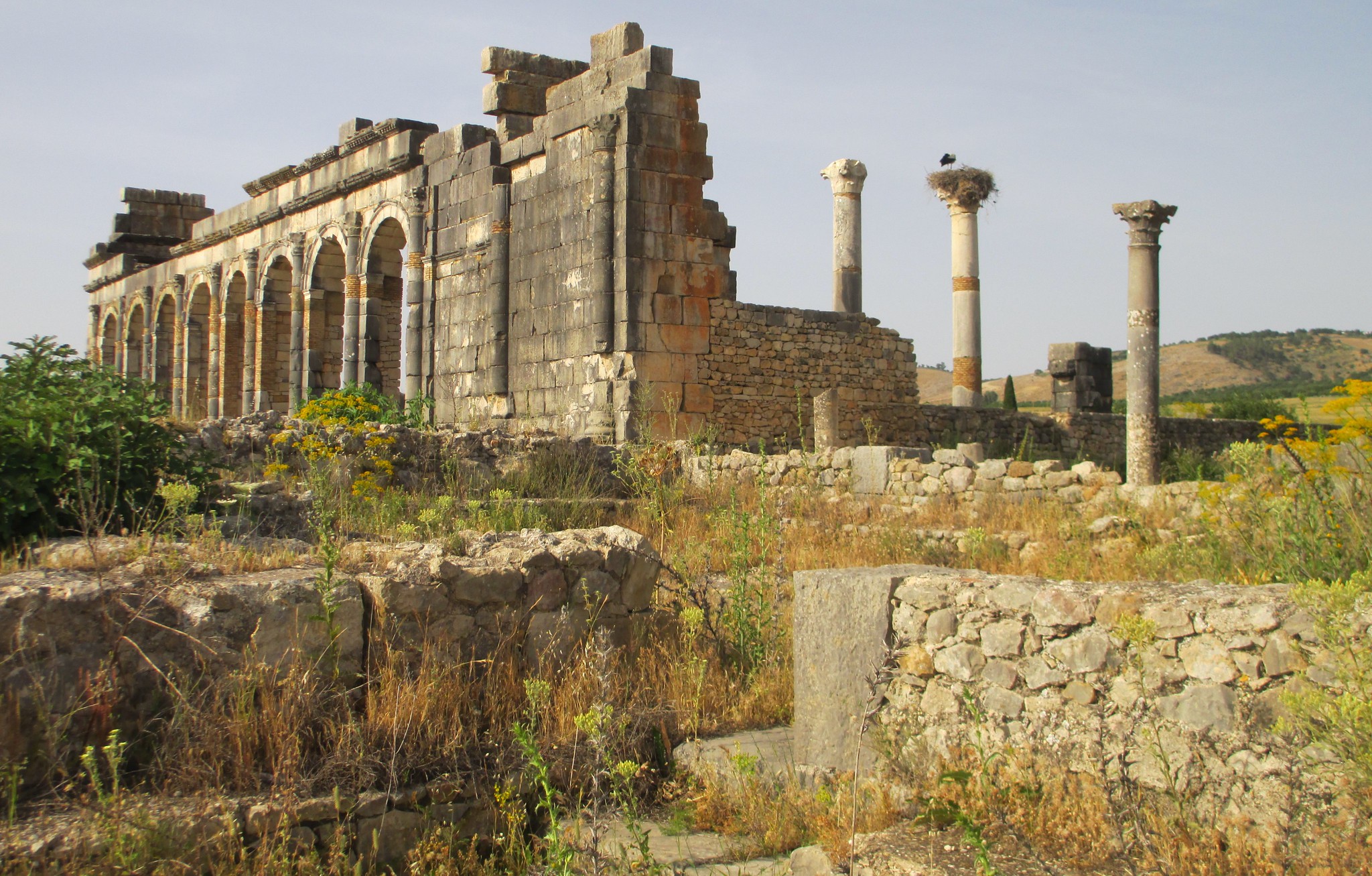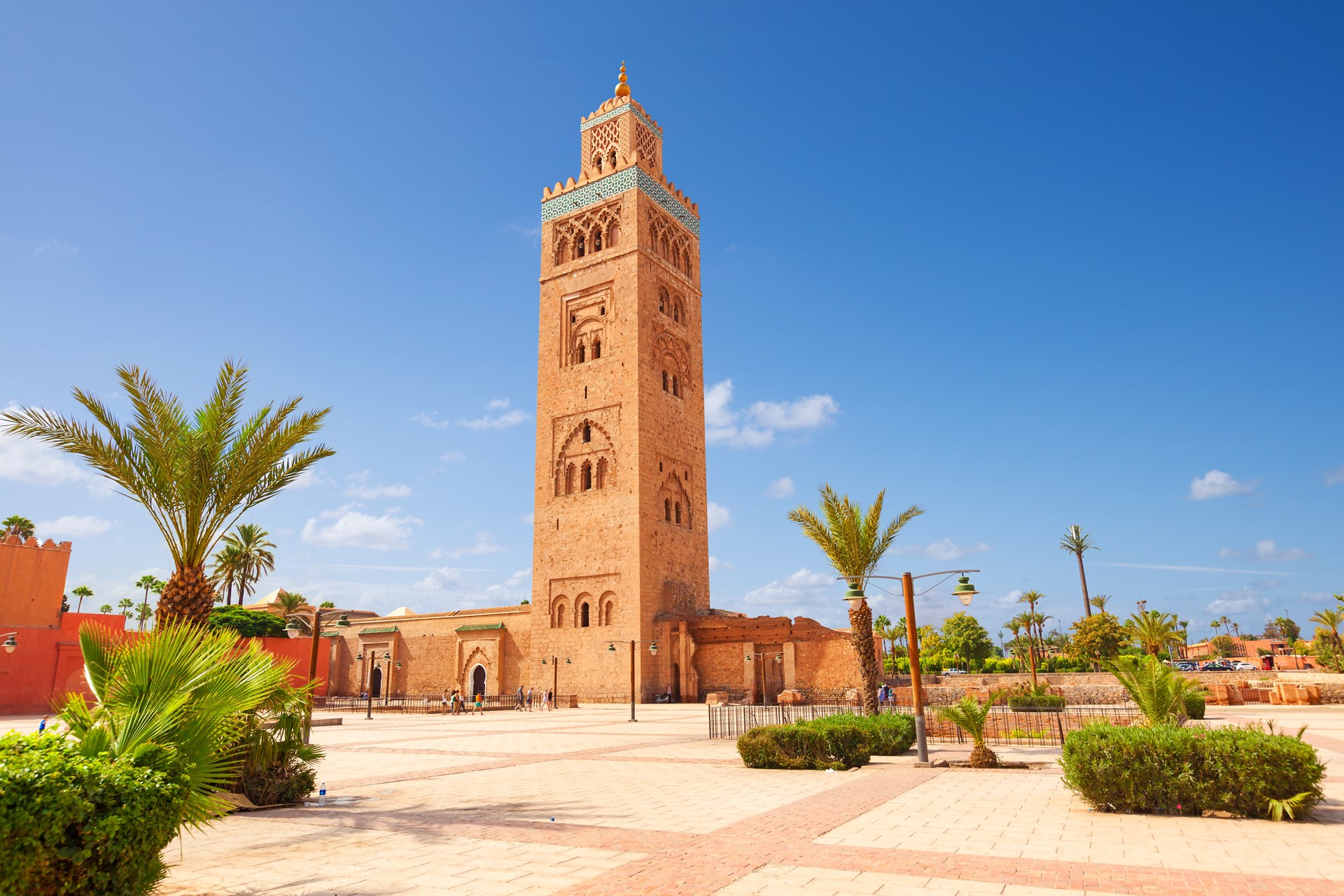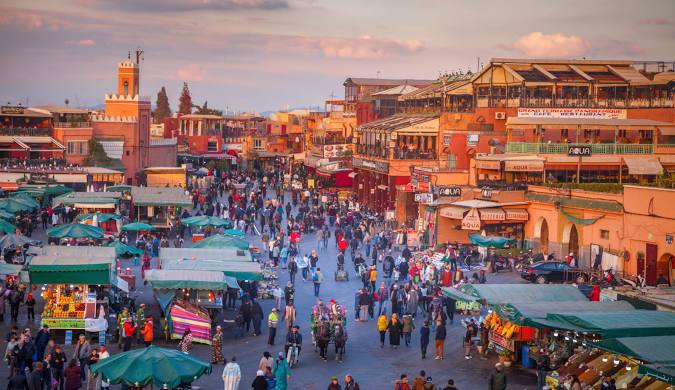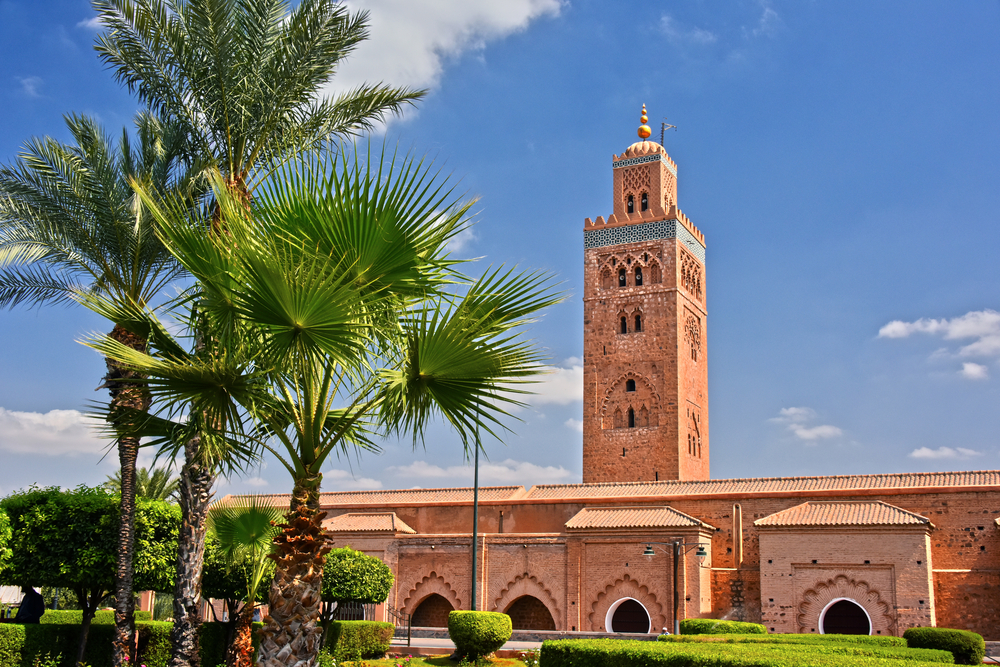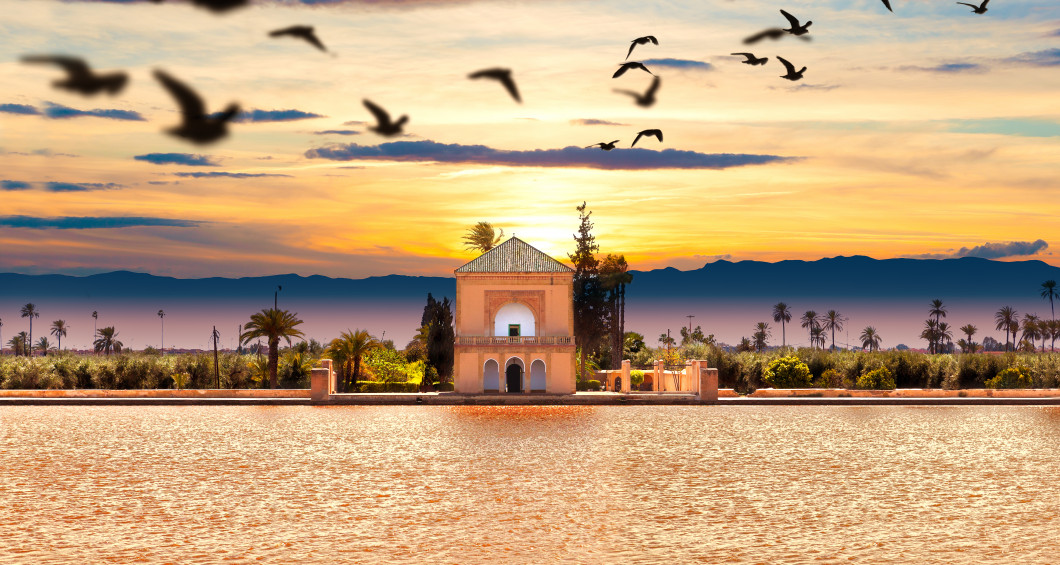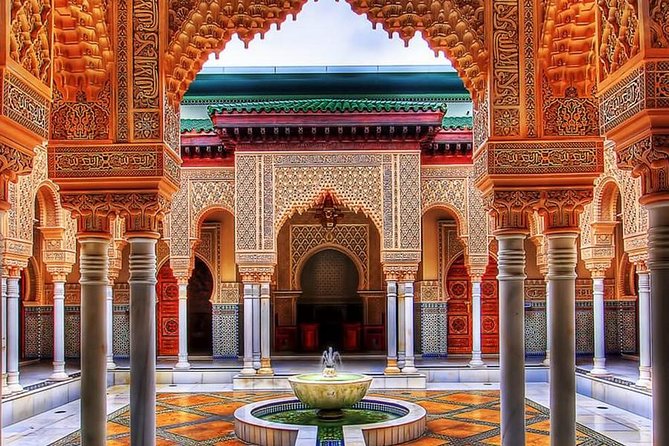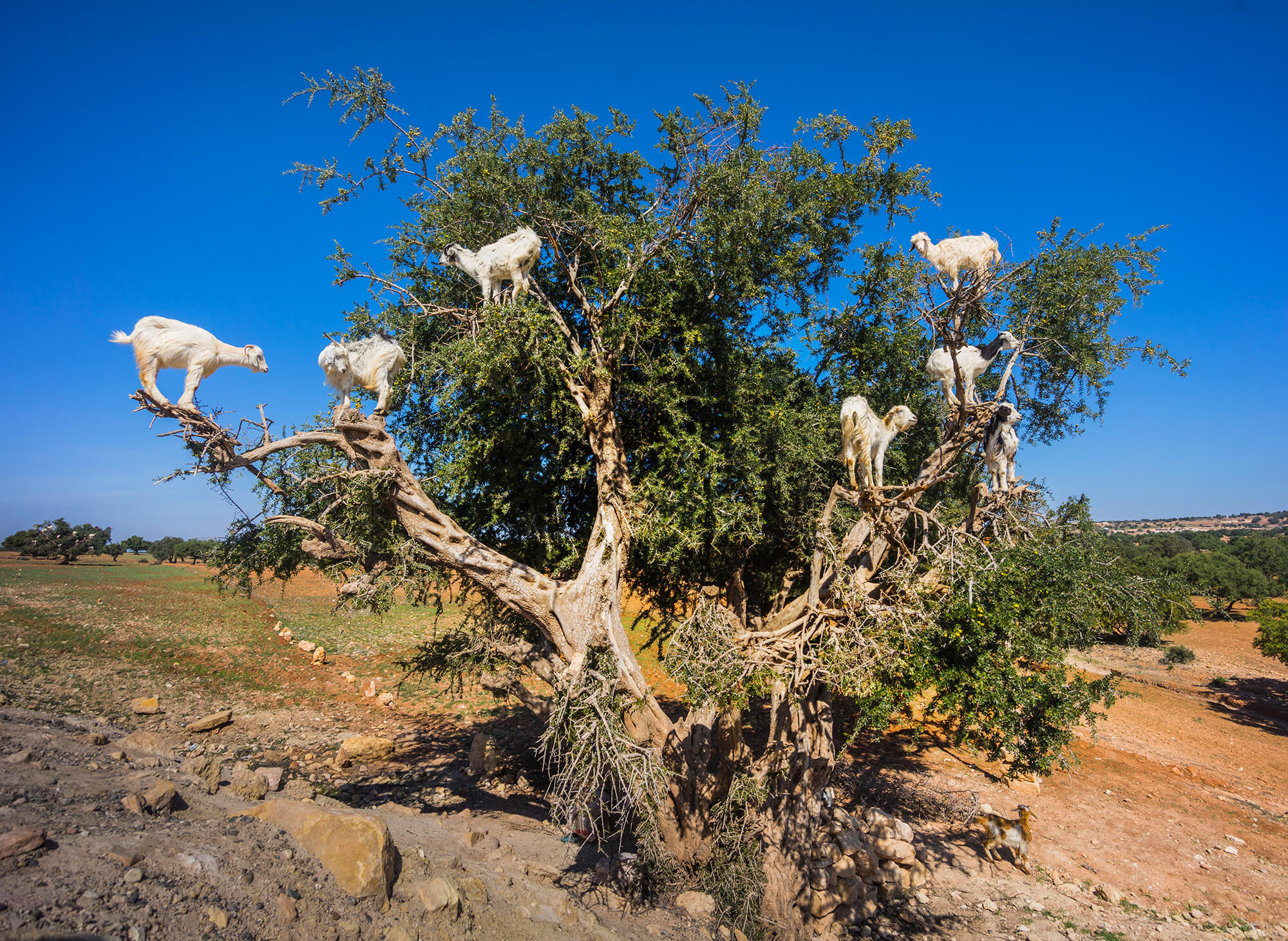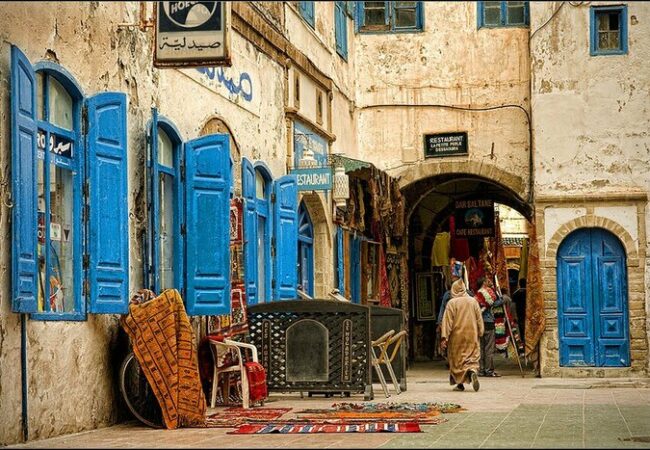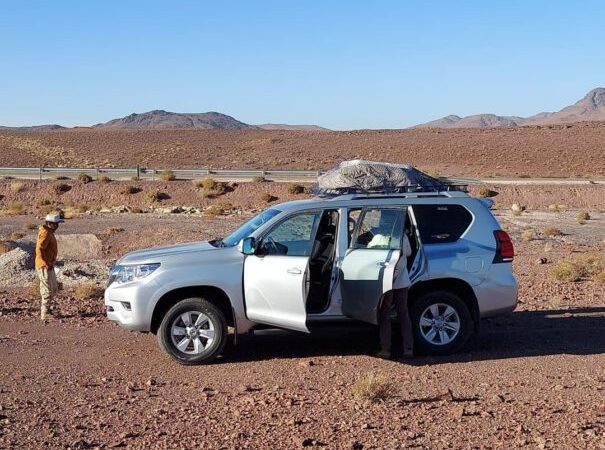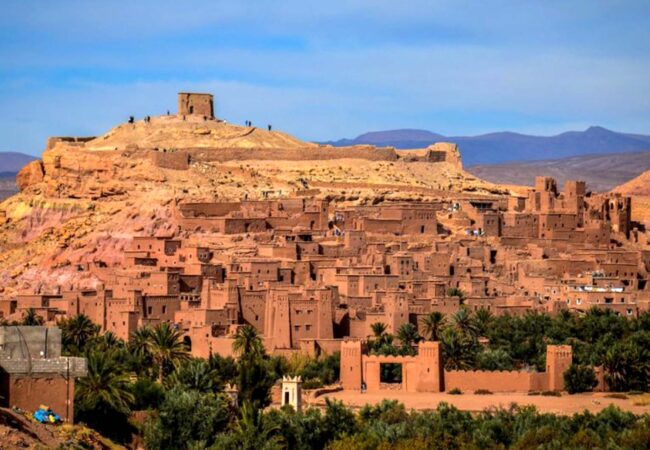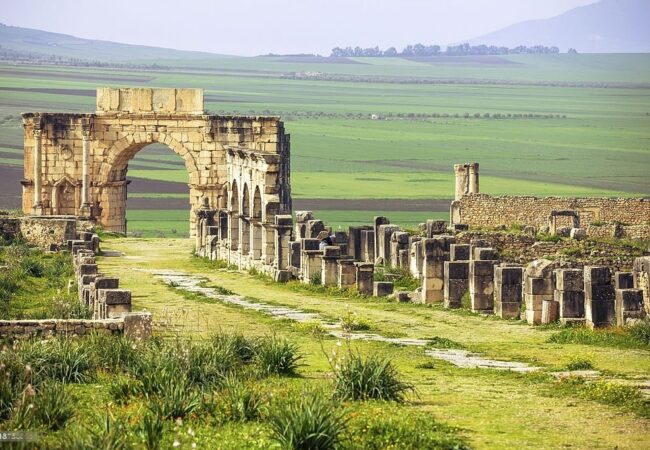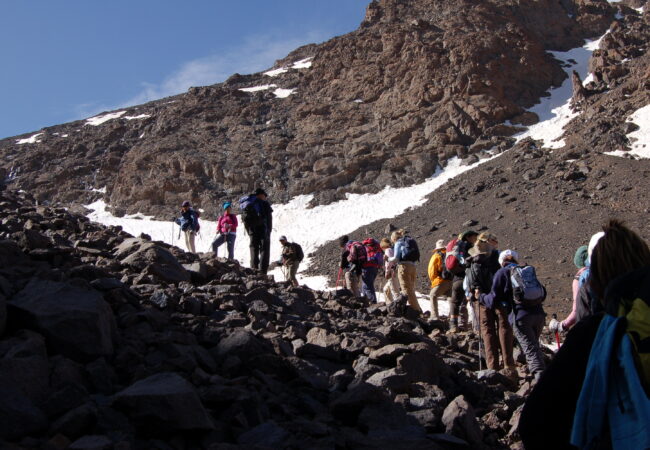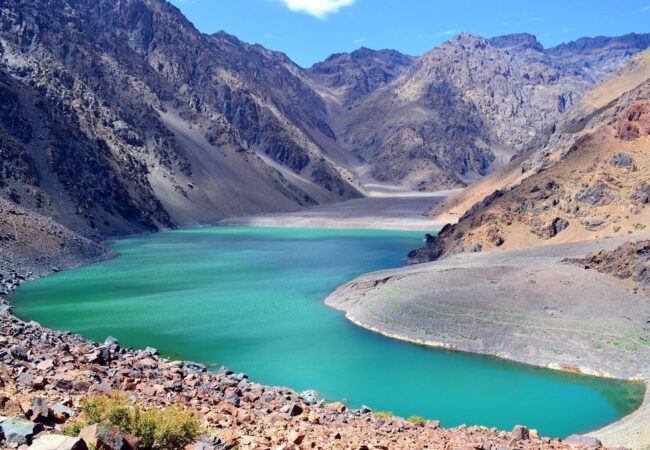Discover 7 Unforgettable Experiences in Morocco’s Anti Atlas
The Anti Atlas Mountains in southern Morocco offer an authentic adventure, distinct from the more bustling tourist centers like Marrakech. Stretching approximately 600 kilometers from Tafilalet to Souss, this remarkable range provides a diverse tapestry of landscapes, climates, terrain, and cultures. Often overlooked by first-time visitors, the Anti Atlas is a “best-kept secret” that promises a deeply rewarding experience, showcasing Morocco at its most authentic. It’s a region where time seems to flow differently, in tune with the changing seasons, allowing visitors to immerse themselves in the local way of life.
What Makes the Anti Atlas Special?
The Anti Atlas Mountains boast a rugged yet stunning beauty, characterized by three magnificent massifs: Tafraout, Djebel Saghro, and the awe-inspiring volcanic Djebel Siroua. Each of these massifs unfolds a unique and mesmerizing panorama, from Tafraoute’s lunar-like terrain, meticulously sculpted by nature, to dramatic gorges and vibrant oases. The region’s moderate climate and varied terrain make it an ideal destination for outdoor enthusiasts throughout the year.
Beyond its natural grandeur, the Anti Atlas is deeply rooted in Berber culture. Berber people, or Amazigh, are indigenous to the region, and their ancient traditions thrive in charming villages that seem frozen in time. Tafraoute, for instance, is regarded as “Morocco’s Berber heartland” and plays a central role in their cultural resiliency, evident in its architecture and everyday attire. The warmth and generosity of the Berber people are a highlight, with locals often extending incredible hospitality to visitors, sharing what little they have.
7 Unforgettable Anti Atlas Experiences:
- Adventure in the Anti Atlas Mountains: This region offers a fantastic array of outdoor activities for all skill levels. You can enjoy thrilling mountain biking rides, leisurely hikes to breathtaking vistas, and challenging climbing routes. Notable climbing spots include Jebel Taskra, with routes like Temptress and Echo Corner offering contrasting styles and commitment. For trekkers, popular mountains include Jebel Siroua, an ancient volcano, and Jebel Lekst, a challenging purple-colored mountain. Even less visited peaks like Jebel Aklim are gaining popularity.
- Discover the Charms of Tafraoute: Often described as a “clandestine mystery,” Tafraoute is a super pretty, low-key town nestled between smooth boulders and chaotic mountains. The pink, rectangular buildings glow in the early mornings and evenings, and its compact town center offers a hassle-free market. Tafraoute is an outdoor adventure-lover’s dream, with abundant opportunities for cycling, hiking, and bouldering. Don’t miss exploring Gorges D’ait Mansour, an amazingly verdant oasis in a narrow winding valley. You can also see unique rock formations like Lion’s Head Rock and Napoleon’s Hat.
- Witness the Enigmatic Painted Rocks: South of Tafraoute, you’ll find an area where rocks have been painted in bold blues and other colors, locally known as the Blue Rocks. This monumental work, created by Belgian artist Jean Verame in 1984, serves as a tribute and offers a surreal, psychedelic dreamscape experience, especially after recent repainting. It’s a popular, yet freely accessible, spot that is quite photogenic.
- Explore Ancient Taroudant: Heading back towards Marrakech from Tafraoute, the ancient city of Taroudant is a worthy stop. Known as the “sleepy smaller sister of Marrakech,” it offers a wonderful respite from larger, bustling centers. Its primary attraction is the 7.5-kilometer well-preserved rammed-earth city walls, which can be traversed on foot. You can also wander its ancient streets and markets with fewer tourist interactions. The 20 August Place comes alive in the evenings with food vendors and family activities.
- Journey Through Souss-Massa National Park: Located south of Agadir, this band of protected land between an estuary and the Atlantic coast is a haven for birdwatchers, harboring dozens of species including the rare bald Ibis, flamingoes, and spoonbills. It’s a low-key and untouristy area, offering peaceful palm groves and wetlands. Near the small town of Tassila, you can find charming guesthouses like La Palmeraie de Massa. The coast near Sidi Boulfdayel also features blissful, virgin beaches and dromedary herds.
- Experience Remote Village Life: The Anti Atlas Mountains are dotted with remote Berber villages where traditional life persists. Towns like Tissint, known for a meteorite discovery, feature an oasis and thriving old town with mud-adobe houses, offering a glimpse into authentic rural Morocco. These communities, despite living in challenging conditions, welcome visitors with profound kindness. Places like Azib Iri, though now abandoned due to water scarcity, provide a hauntingly beautiful insight into past struggles.
- Drive the Scenic Roads of the Anti Atlas: Driving through the Anti Atlas is an experience in itself. The roads are mostly in great condition, and the scenery is spectacular, often described as one of the most enjoyable drives. The agricultural terrain is open, with argan and almond trees adding splashes of color to the red, rocky landscape. The feeling of remoteness is very apparent, with vast, barren emptiness that can be profoundly peaceful.
Practical Tips for Your Anti Atlas Road Trip:
- Best Time to Visit: Spring (March to May) and Autumn (September to November) are the safest and mildest times for a road trip through southern Morocco, offering comfortable temperatures and accessible roads. Summers are sweltering, and winters can be cold and snowy in higher elevations.
- Getting Around: Renting your own car is highly recommended for exploring the Anti Atlas, as drivers are friendly and Google Maps works well. Most driving days are 2-4 hours, allowing for stops to eat and stretch.
- Dress Code: Morocco is a conservative Muslim country. While tourist areas may be more lenient, in remote mountain towns like Taroudant and Tafraoute, it’s advisable to dress modestly, covering arms and legs completely, to avoid feeling out of place.
- Preparation: Facilities in the Anti Atlas Mountains are not as developed as in other trekking areas. It’s crucial to pack wisely, carry enough water, and consider purification methods, as water sources can be limited. Learning basic Arabic or Berber phrases can also be invaluable. Hiring a local guide is recommended for navigation and local insights.
- Accommodation: Options range from traditional riads and guesthouses to more modern hotels. Consider booking in advance, especially for popular spots.
The Anti Atlas Mountains offer a unique and immeasurably remote landscape that rivals other stunning regions. We hope this guide inspires your own Moroccan desert odyssey and helps you explore this spectacular, underexplored region.
Table of Contents
